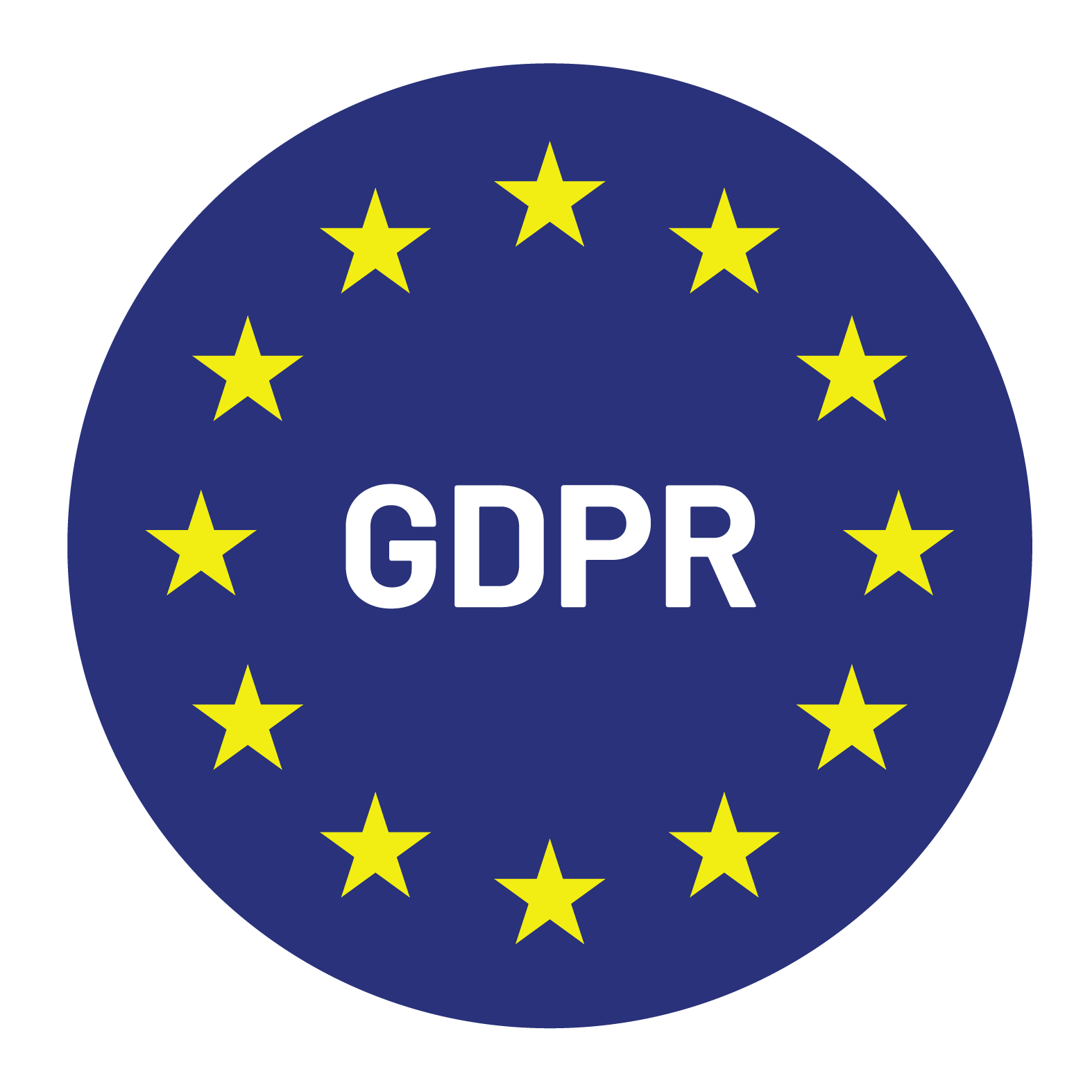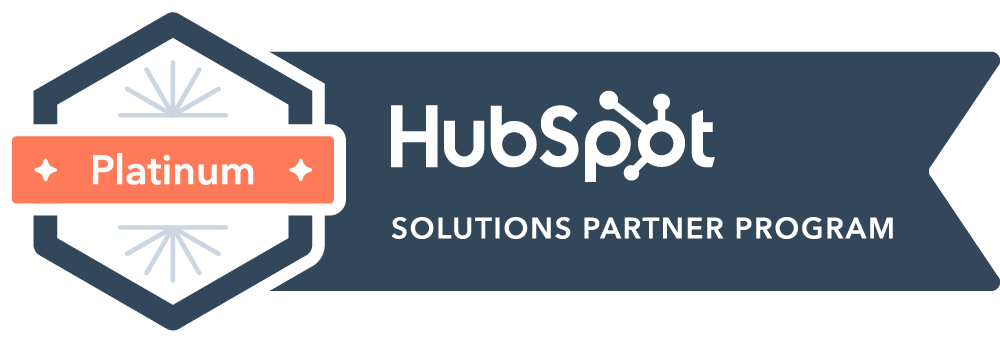

Content Writer for Whistle with multidisciplinary experience spanning over a decade.
A strong pipeline is the heartbeat of every B2B SaaS or enterprise sales team. But here’s the hard truth: most companies overestimate the effectiveness of their B2B lead generation strategy. Campaigns might be producing leads, but if they’re not the right ones or not converting, your revenue targets will always feel out of reach.
That’s why forward-thinking companies are increasingly partnering with B2B lead providers. These specialized agencies bring expertise, data, and scalable systems to fix gaps in lead generation strategies.
If you’re unsure whether your current approach is working, here are 10 warning signs your B2B lead generation strategy is failing, and what to do about it.
One of the most common signs of a failing strategy is misalignment between marketing and sales. If sales reps are rejecting leads or conversion from MQLs to SQLs is under 20%, your targeting is fundamentally off.
This disconnect often stems from outdated buyer personas or marketing teams focusing on vanity metrics rather than sales-ready prospects. Many companies define leads too broadly, counting every whitepaper download or webinar attendee as a qualified prospect. Meanwhile, sales teams waste hours following up on contacts who lack budget, authority, need, or timeline (BANT criteria).
Poor lead quality damages sales morale, creates friction between departments, and ultimately inflates customer acquisition costs.
Do you experience the “feast or famine” cycle? This inconsistency destroys forecasting accuracy, creates pressure on closing teams, and makes it nearly impossible to plan for sustainable growth.
Inconsistent pipeline flow often results from reactive rather than strategic lead generation. Companies may launch campaigns sporadically, rely too heavily on seasonal events, or lack systematic nurturing processes. When leads don’t convert immediately, they’re often abandoned rather than nurtured through longer sales cycles.
This volatility particularly affects resource planning. Sales teams either sit idle during dry periods or become overwhelmed during peak times, leading to poor prospect experiences and missed opportunities. Finance teams struggle to predict revenue, making strategic investments difficult to justify.
You may think your lead generation strategy is effective until you calculate the real cost per qualified meeting (CPQM). Many companies underestimate true costs by only counting direct advertising spend while ignoring salaries, software subscriptions, management overhead, and opportunity costs.
When you factor in SDR salaries ($60K-$80K annually), CRM and automation tools ($500-$2,000 monthly), data costs, and management time, the real cost per qualified meeting often exceeds $500-$800. If your average deal size doesn’t support this acquisition cost, your strategy is unsustainable.
Hidden costs compound the problem. Failed campaigns, training new hires, technology integration challenges, and compliance requirements all add expenses that aren’t immediately visible but significantly impact ROI calculations.
Are you leaning too heavily on paid ads, email blasts, or cold calling? Single-channel strategies are increasingly risky in today’s fragmented attention economy. Algorithm updates can devastate organic reach overnight, rising ad costs can make campaigns unprofitable, and inbox fatigue reduces email effectiveness.
B2B buyers now research across multiple touchpoints before engaging with vendors. They might see your LinkedIn ad, visit your website, read reviews on G2, and check your company’s recent funding news before responding to an email. Single-channel approaches miss these complex buyer journeys and fail to build the trust necessary for enterprise sales.
Platform dependency also creates vulnerability. iOS privacy changes affected Facebook advertising, Google’s algorithm updates impact organic rankings, and LinkedIn’s pricing changes can alter campaign economics. Companies relying on single channels often see dramatic performance drops when platforms change policies.
If your in-house sales development team is constantly churning, your strategy isn’t sustainable. SDR turnover rates average 35-40% annually across industries, but some companies experience much higher rates. Replacing and retraining SDRs costs $15,000-$25,000 per hire while disrupting pipeline momentum for months.
High turnover creates a vicious cycle. Remaining team members become overworked, performance standards slip, and institutional knowledge disappears. New hires need 3-6 months to become productive, during which pipeline generation suffers. Management spends more time on recruiting and training than on strategy and optimization.
The problem often reflects deeper issues: unrealistic quotas, poor training, inadequate technology, or misaligned compensation. When companies focus on activity metrics rather than outcomes, SDRs become frustrated and seek opportunities elsewhere.
If leads aren’t moving through your funnel efficiently, the problem extends beyond volume to fundamental process issues. Poor conversion typically indicates misaligned messaging, inadequate qualification, or generic outreach that fails to resonate with target audiences.
Healthy B2B funnels show predictable conversion patterns: lead-to-MQL (20-30%), MQL-to-SQL (20-25%), SQL-to-opportunity (50-60%), and opportunity-to-close (20-25%). When these ratios fall significantly below benchmarks, systematic problems exist.
Common conversion killers include: targeting too broadly, using generic messaging, lacking proper lead scoring, insufficient follow-up sequences, and poor handoff processes between marketing and sales. Each stage requires specific optimization to improve overall funnel performance.
Without clear attribution, you can’t prove ROI, optimize spend effectively, or make data-driven decisions about resource allocation. If you don’t know which campaigns generate real pipeline versus vanity metrics, your strategy operates blindly.
Attribution challenges multiply in B2B environments where sales cycles span months and involve multiple touchpoints. Prospects might engage with content, attend webinars, visit your website multiple times, and interact with sales reps before making decisions. Traditional last-click attribution models miss this complexity.
Poor attribution also prevents optimization. You can’t identify which messages resonate, which channels drive quality leads, or which campaigns deliver the best ROI. This leads to continued investment in ineffective tactics while underfunding successful initiatives.
Trying to break into new geographies, industries, or customer segments without seeing traction? Market expansion requires specialized knowledge of local buyer behaviors, regulatory requirements, competitive landscapes, and cultural preferences.
Many companies underestimate market entry complexity. What works in your core market may fail elsewhere due to different decision-making processes, communication preferences, or regulatory constraints. DIY approaches often result in wasted resources and missed opportunities.
Geographic expansion faces additional challenges: time zone differences, language barriers, local compliance requirements, and established competitor relationships. Industry expansion requires understanding new buyer personas, pain points, and decision criteria.
If your sales team blames marketing for poor leads while marketing blames sales for inadequate follow-up, you’re experiencing alignment breakdown that kills pipeline growth and creates organizational dysfunction.
This misalignment typically stems from unclear expectations, different success metrics, and poor communication processes. Marketing may focus on lead volume while sales prioritizes lead quality. Without shared definitions and mutual accountability, tension escalates.
The finger-pointing creates a toxic environment where departments work against each other rather than collaborating toward revenue goals. Sales stops providing feedback on lead quality, marketing becomes defensive about performance, and prospects suffer from inconsistent experiences.
The ultimate sign of a broken lead generation strategy: you’re hitting lead volume goals but revenue targets remain elusive. This indicates you’re measuring activities rather than outcomes.
Many companies celebrate vanity metrics like raw lead counts, email open rates, or website traffic without connecting these activities to revenue generation. They mistake motion for progress, creating false confidence while underlying problems persist.
This misalignment reflects deeper strategic issues: unclear value propositions, poor market fit, inadequate competitive positioning, or fundamental product-market mismatches. Volume-focused strategies often mask these problems until revenue shortfalls become undeniable.
A failing lead generation strategy doesn’t signal business failure; it indicates the need for strategic evolution. Modern B2B lead providers offer comprehensive solutions that address these common failure points:
Instead of spending months hiring, training, and fixing internal processes, outsourcing gives you predictable pipeline generation with measurable ROI from day one.
Your B2B lead generation strategy should be a predictable revenue engine, not an expensive experiment. If you’re experiencing one or more of these 10 warning signs, continuing with current approaches will likely yield more of the same disappointing results.
You don’t have to solve these problems alone or accept suboptimal performance. Experienced B2B lead providers bring the expertise, technology, and execution capabilities to transform lead generation from a persistent challenge into your competitive advantage.
Looking to strengthen your pipeline? Book a meeting to learn about how we’ve supported more than 300 SaaS companies in building millions of qualified opportunities. We’ll walk you through our approach and how it can bring more consistency and predictability to your lead generation.


© Copyright – Whistle 2023